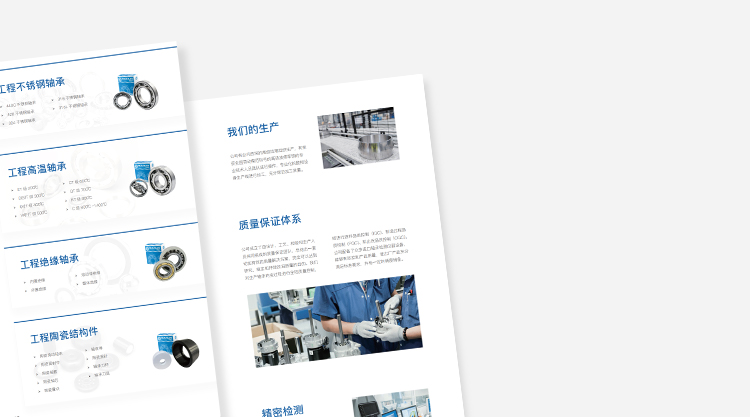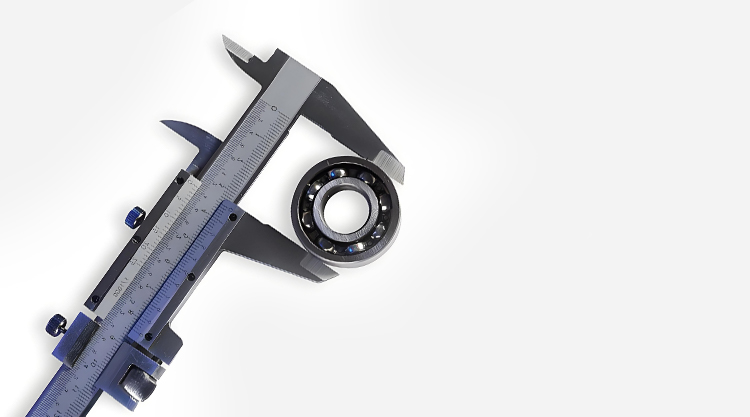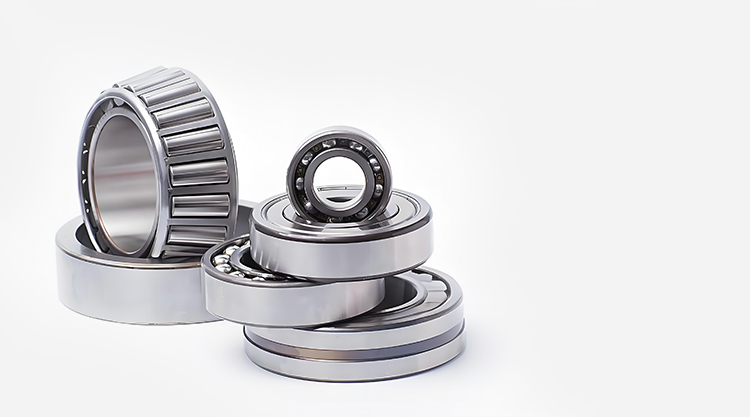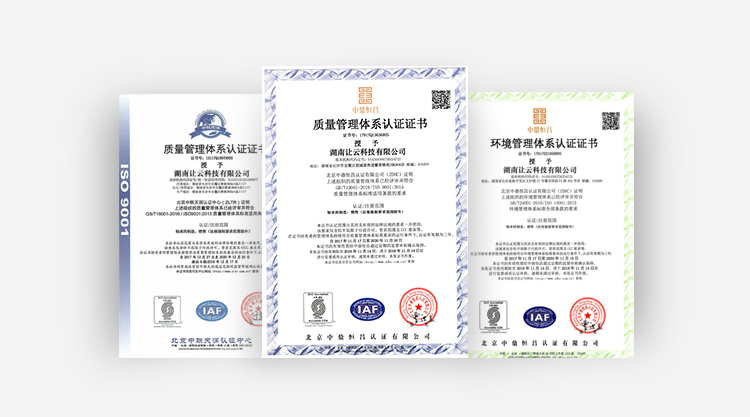Silicon Carbide Bearings
In the process of upgrading industrial equipment to high-speed, high-temperature, and highly corrosive conditions, the performance shortcomings of traditional metal bearings gradually become apparent. Silicon carbide bearings, with their excellent wear resistance, high-temperature resistance, and corrosion resistance, have become the core solution to bearing failure problems under harsh conditions and are widely used in critical fields such as new energy, petrochemical, and water treatment.
This article will discuss the material characteristics, performance advantages, application scenarios, and selection criteria of silicon carbide bearings, providing comprehensive reference for professionals in the industrial sector to assist in equipment selection and efficiency improvement.
1. Core Characteristics of Silicon Carbide Bearings: Material Advantages Determine Performance Limits
The outstanding performance of silicon carbide bearings comes from the physical and chemical properties of their core material, silicon carbide (SiC). Compared to traditional bearing steels and ceramic bearings, silicon carbide material has three irreplaceable advantages that directly determine the stability of silicon carbide bearings under harsh conditions.
1.1, Super Strong Corrosion Resistance
Silicon carbide material has extremely high chemical stability and can withstand corrosion from strong acids, strong alkalis, salt mist, and other corrosive media, solving the problem of traditional metal bearings rusting and wearing easily in chemical and water treatment environments, significantly extending the service life of silicon carbide bearings.
1.2, Excellent High-Temperature Resistance
The high-temperature limit of silicon carbide can reach 1600°C, and it can maintain stable mechanical strength even at high temperatures, without the thermal expansion and deformation issues seen with metal bearings. It is suitable for high-temperature environments such as new energy vehicle motors and metallurgical furnaces.
1.3, High Hardness and Low Friction Coefficient
The hardness of silicon carbide is second only to diamond, with a smooth surface and a friction coefficient of only 0.05-0.1 (compared to 0.15-0.3 for metal bearings). This reduces friction loss during operation, lowers energy consumption, and decreases maintenance costs due to wear.
2. Industrial Application Scenarios of Silicon Carbide Bearings: From Basic Industry to High-End Manufacturing
The characteristics of silicon carbide bearings make them suitable for various industrial scenarios, especially in harsh environments where traditional bearings are prone to failure. Below are three core application fields and specific scenarios for silicon carbide bearings:
| New Energy Field | Suitable for high-speed and high-reliability demands. Silicon carbide bearings are one of the key components in new energy vehicles and photovoltaic equipment. |
|---|---|
| Petrochemical and Water Treatment Field | The first choice for corrosion resistance. In the petrochemical industry, pumps and valve equipment often come into contact with crude oil and acidic/alkaline solutions, and traditional metal bearings are easily corroded, leading to equipment failure. |
| High-End Equipment Manufacturing | High precision and long lifespan demands. In high-end equipment such as aerospace and precision machine tools, the high precision of silicon carbide bearings (can achieve P4 grade precision) meets the equipment’s requirements for operational stability. |
3. Silicon Carbide Bearing Selection Guide: 3 Key Points to Avoid Selection Errors
For industrial enterprises, selecting the correct silicon carbide bearing is key to maximizing its performance. Improper selection not only fails to bring out the advantages of silicon carbide bearings but may also increase equipment costs. Here are three core selection points:
| Match Actual Operating Conditions | Clarify the equipment’s speed, temperature, type of medium (whether corrosive), and load size to select the appropriate silicon carbide bearing model. For example, for high-temperature conditions, choose a silicon carbide bearing with a high-temperature coating; for corrosive media, confirm whether the bearing’s sealing structure is compatible. |
|---|---|
| Precision Grade and Installation Requirements | Silicon carbide bearings are more brittle than metal bearings, so they should be installed carefully to avoid impact. It is recommended to use matching installation tools. |
| Size and Interface Compatibility | Choose a silicon carbide bearing that matches the size (inner diameter, outer diameter, width) of the original bearing in the equipment. If replacing traditional bearings, confirm the fit between the shaft and bearing housing to avoid operational issues due to size mismatches. |
4. Conclusion
As the demand for equipment reliability and energy consumption control increases in the industrial sector, silicon carbide bearings, with their material characteristics and performance advantages, are gradually replacing traditional metal bearings and becoming the preferred component for high-end equipment and harsh working conditions.
-
31 2025.10Characteristics and Types of Different Bearings
This article systematically outlines the classification, core characteristics, and applicable scenarios of mainstream bearings, providing practical reference for industrial practitioners while helping
-
31 2025.10High-Speed Equipment Bearing Selection Guide
This paper systematically analyzes the selection logic for high-speed bearings and provides actionable technical solutions tailored to industrial application scenarios.
-
31 2025.10Guide to Material Selection and Purchase of Rubber-Lined Bearings
This article will provide an in-depth analysis of the material properties and selection strategies for rubber-coated components, helping enterprises precisely match their equipment requirements.
-
31 2025.10Bearing Speed: Influencing Factors, Calculation Methods, and Speed Ranges for Differe
This article will explore the factors influencing bearing rotational speed, calculation methods, common bearing speed ranges, and usage precautions, providing practical guidance for professionals in t




